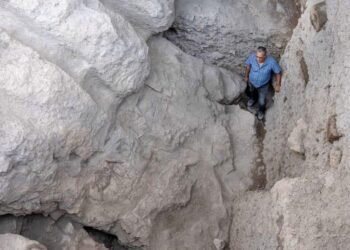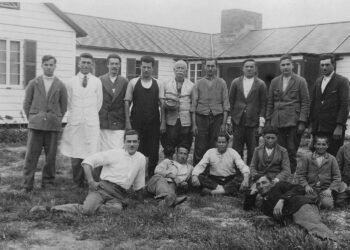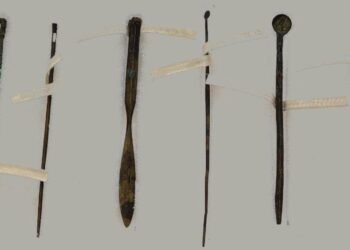The Linear Pottery culture, also known as the Linearbandkeramik (LBK) culture, was a Neolithic culture that emerged in Central Europe around 5500 BCE and lasted until approximately 4500 BCE. It is considered one of the earliest farming cultures in the region and played a significant role in the transition from a hunter-gatherer lifestyle to settled agricultural communities.
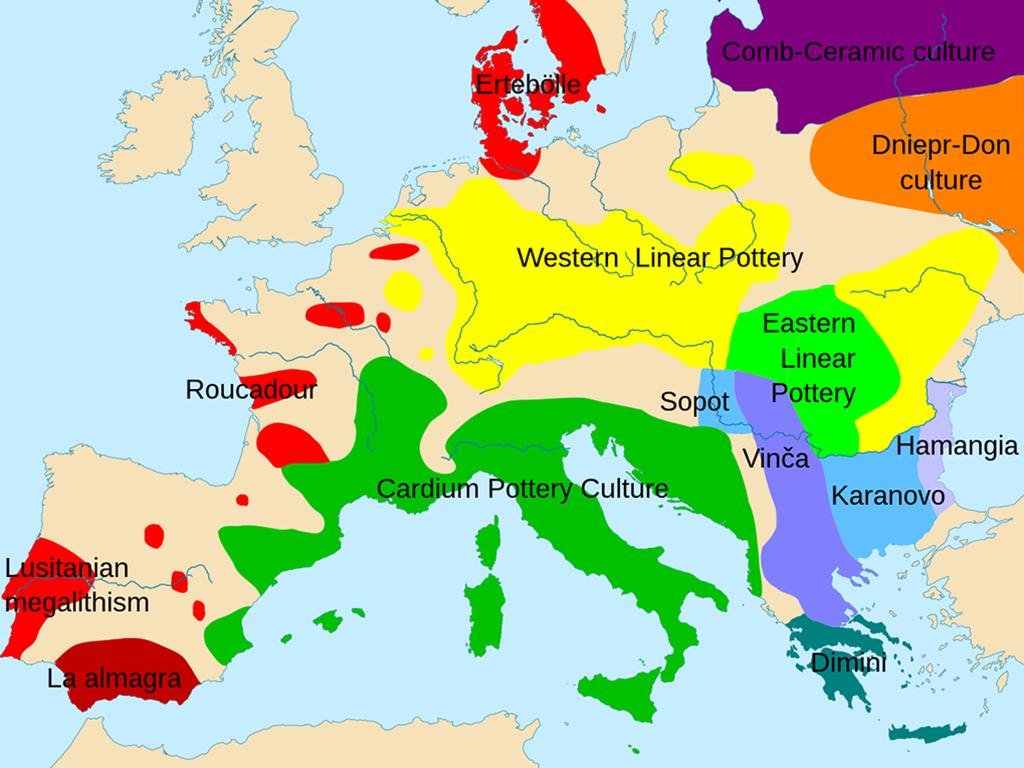
The name “Linear Pottery culture” comes from the distinctive linear band decoration found on their pottery vessels. The LBK people were skilled potters and produced a range of ceramic vessels, including bowls, jars, and beakers, which were often adorned with elaborate linear and spiral designs. These pottery vessels were not only practical for storage and food preparation but also served as important cultural and artistic expressions.
One of the defining features of the Linear Pottery culture was its reliance on agriculture. The LBK people practiced slash-and-burn agriculture, clearing patches of land by cutting down trees and burning the vegetation.

They cultivated crops such as emmer wheat, barley, peas, lentils, and flax. The introduction of agriculture led to a sedentary lifestyle, with LBK communities establishing permanent settlements and developing a more complex social organization.
LBK settlements consisted of large rectangular houses made of wood and wattle-and-daub construction. These houses were arranged in linear or concentric patterns, indicating some level of planning and organization within the community.
Archaeological excavations have revealed evidence of storage pits, grinding stones, and specialized tools, suggesting a well-developed agricultural and craft-based economy.
Trade and exchange were important aspects of the Linear Pottery culture. Archaeological findings indicate the movement of materials such as flint, amber, and shells over long distances, suggesting the existence of extensive trade networks.
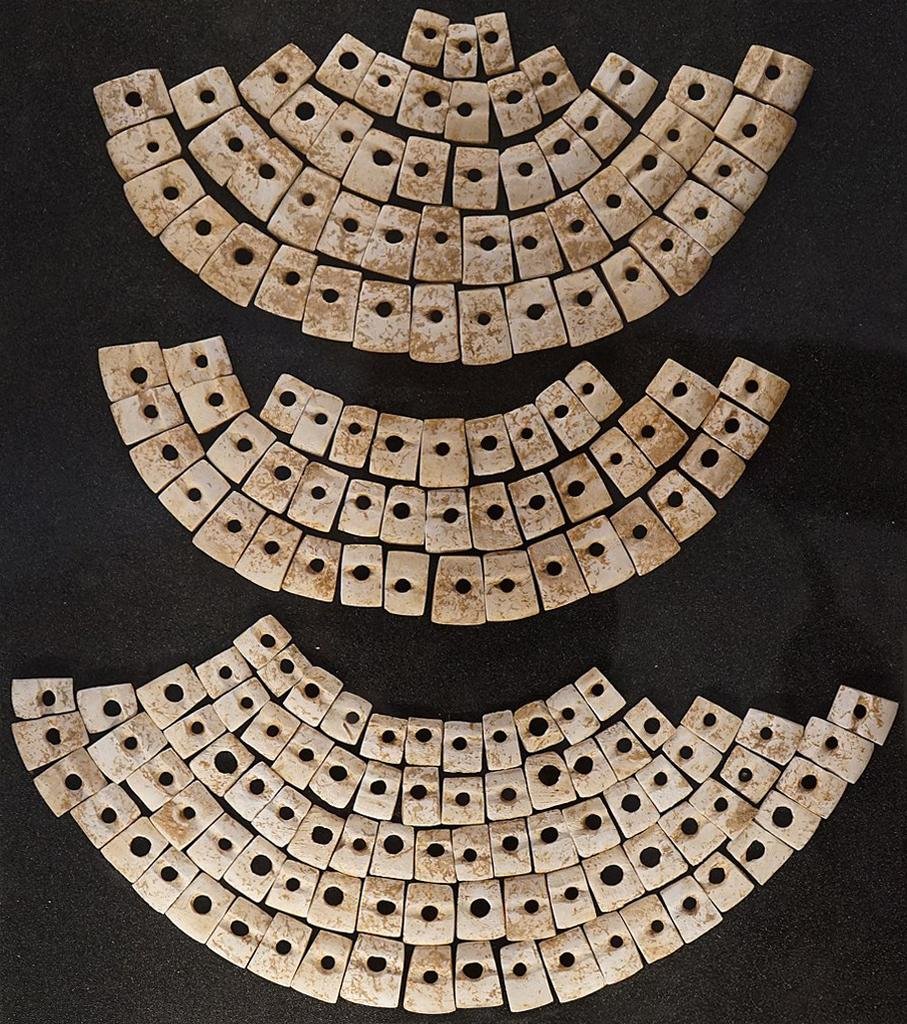
The exchange of goods likely facilitated cultural interactions and the spread of new ideas and technologies among LBK communities.
Towards the end of the Linear Pottery culture, there is evidence of increased conflict and violence. Many LBK settlements show signs of burning and destruction, possibly indicating intergroup conflict or environmental pressures. The decline of the LBK culture is believed to have been influenced by a combination of factors, including population growth, land exhaustion, and changes in climate.

The Linear Pottery culture had a significant impact on the subsequent development of European societies. Their agricultural practices, pottery techniques, and social organization laid the foundation for later Neolithic cultures in the region.



